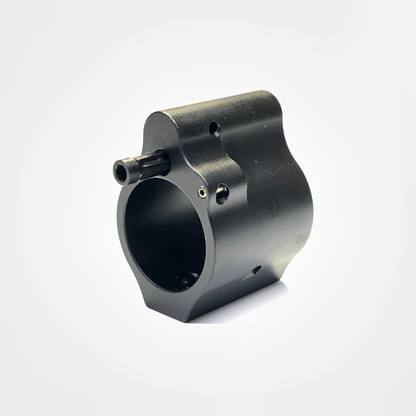Not my first rodeo and I understand that system quite well. I have built quite a few of these. Is not tuning and finding the right combination of parts a process of trial and error? Every discipline in science has trials to work out any difficulties, take aviation for example. The P51 Mustang became an amazing airplane when they put in a Rolls Royce Merlin engine. Trial and error is basic to any type of learning process. I have the correct size buffer and tube . That is pretty basic. I had this rifle at the range with lots of competitive old timers that have been around guns their entire lives. They were looking at it as well. All the parts I have in this are qood quality and to spec. Lots of people have had issues with AR10’s . They can be finicky. If changing out a buffer and it works how is that cringe worthy? Sometimes the correct weight buffer for that particular rifle works, it can be as simple as that. This forum is supposed to be a platform to share Ideas and help each other out. Using words like cringe worthy and band aid fixes come across as arrogant. I appreciate the response but why the attitude?
I can’t speak for anyone else but I’m genuinely trying to be helpful based on my experiences with AR-10s dating back 20 years now.
I have to disagree with the statement about quality parts to spec, since BCA is not the company one would associate with those things. They’ve been cranking out tent stakes for years now at bottom basement prices based on a volume business model with minimal attention to detail.
If you could measure the diameter of your gas port on that barrel, that would be helpful. As soon as you mentioned that it runs fine without optics, but not with optics, that pointed me in the direction of a mass issue on the edge of maximum allowable cyclic rate.
A lower mass rifle will travel to the rear more, which takes away relative travel distance and velocity from the BCG. If the rifle is on the edge of maximum cyclic rate, that can allow it to still feed.
Once you add mass to such a configuration, it resists recoiling to the rear as fast, so the BCG travels faster in the raceway and can exceed the magazine’s ability to lift the cartridge stack into presentation.
That is my best guess as to what’s happening with your rifle.
If you slow down the cyclic rate by choking the gas, it should fix this problem.
I would also ensure that you have the correct action spring for your buffer length and RET.
There are 3 different RET lengths for the AR-10 size rifles.
AR-15 carbine length with heavier AR-10 carbine spring, and tiny little short LR-308/AP4 buffer.
ArmaLite A5 mid length RET with heavy/longer carbine spring and AR-15 carbine length buffer.
AR-15 rifle length RET with AR-10 heavy/longer rifle spring and AR-10 rifle buffer (slightly shorter than an AR-15 rifle buffer).
Even for those who are well-versed on the AR-15 platform, the AR-10 can be a formidable minefield of parts combinations that will assemble together, but won’t function correctly.


